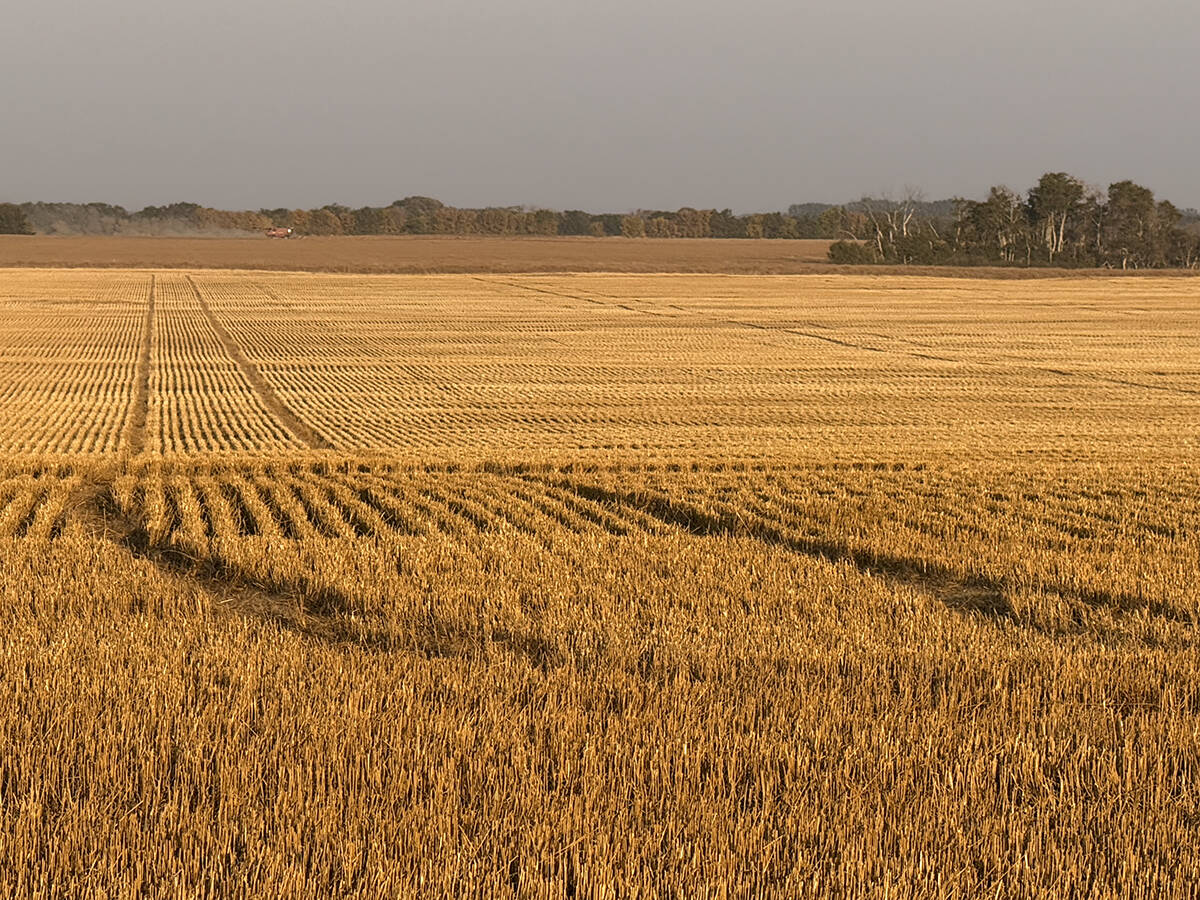Governments around the world are trying to encourage farmers to protect their land, but no one has found a perfect approach, international experts said during a Winnipeg conference.
Most program money paid to farmers still is aimed at paying for the biggest production and the largest acreage, said Carmel Cahill of the Organization for Economic Co-operation and Development in Paris, France.
“In OECD nations, more than three-quarters of support given to farmers is untargeted,” said Cahill in an interview during the National Symposium on Ecological Goods and Services in Agriculture.
Read Also

Final crop reports show strong yields, quality
Crops yielded above average across the Prairies this year, and quality is generally average to above-average.
Money set aside for programs that target specific results, such as protecting sensitive environments, is generally less than 10 percent of agricultural program payments in most countries.
“It’s pretty minor,” said Cahill.
Around the world governments and farmers have been trying to develop programs that will encourage farmers to protect their land.
In some countries like Australia and New Zealand, which have few agricultural subsidies, these programs make up a significant portion of subsidies to farmers.
But in the European Union and North America, payments for environmental actions by farmers pales compared to the huge amount that is paid out for crop production.
“On top of those payments you get a layer of payments that may be targeted,” said Cahill.
Many Canadian producers at the conference were envious of European farmers because EU environmental programs appear to be much more advanced.
Ian Condliffe of the United Kingdom’s national agriculture department said about 17.5 percent of English farmers with 15 percent of the land have now signed environmental agreements with the government.
That’s a significant amount of land, he said, considering that about 75 percent of the UK’s land surface is farmed, compared to the tiny percentage of Canada’s land base that is farmed.
French sociologist Jacques Remy said French farmers have had a tempestuous time with national agricultural support policies, which have made abrupt turns in the past two
decades.
A big push encouraging environmental protection was made in the 1990s, in response to widespread pollution of water sources. European regulators put pressure on France to stop encouraging overproduction.
“The driving force is Europe and its directives,” said Remy.
These sorts of pressures led to the French policy of multifunctionality, in which agricultural support payments moved away from simply rewarding production and began including payments for social and environmental functions of agriculture.
After some initial problems local farm contracts in which farmers committed to various environmental measures became popular, so much so that they exhausted the funding set aside for them. A new government came in and changed the system, causing confusion and stopping the spread of the approach.
It’s now hard to tell what effect the programs have had.
“One word of advice to our Canadian friends: don’t change environmental policy in mid-stream,” said Remy.
Gary Stoneham, an Australian government economist, said his country is trying to develop market-based approaches to reward environmental protection and benefits that farmers provide.
Governments have tried to rely upon regulation, education and simple incentive schemes to encourage environmental conservation, but these have had mixed results.
New, more complex, market-based approaches are now being tested, Stoneham said.















